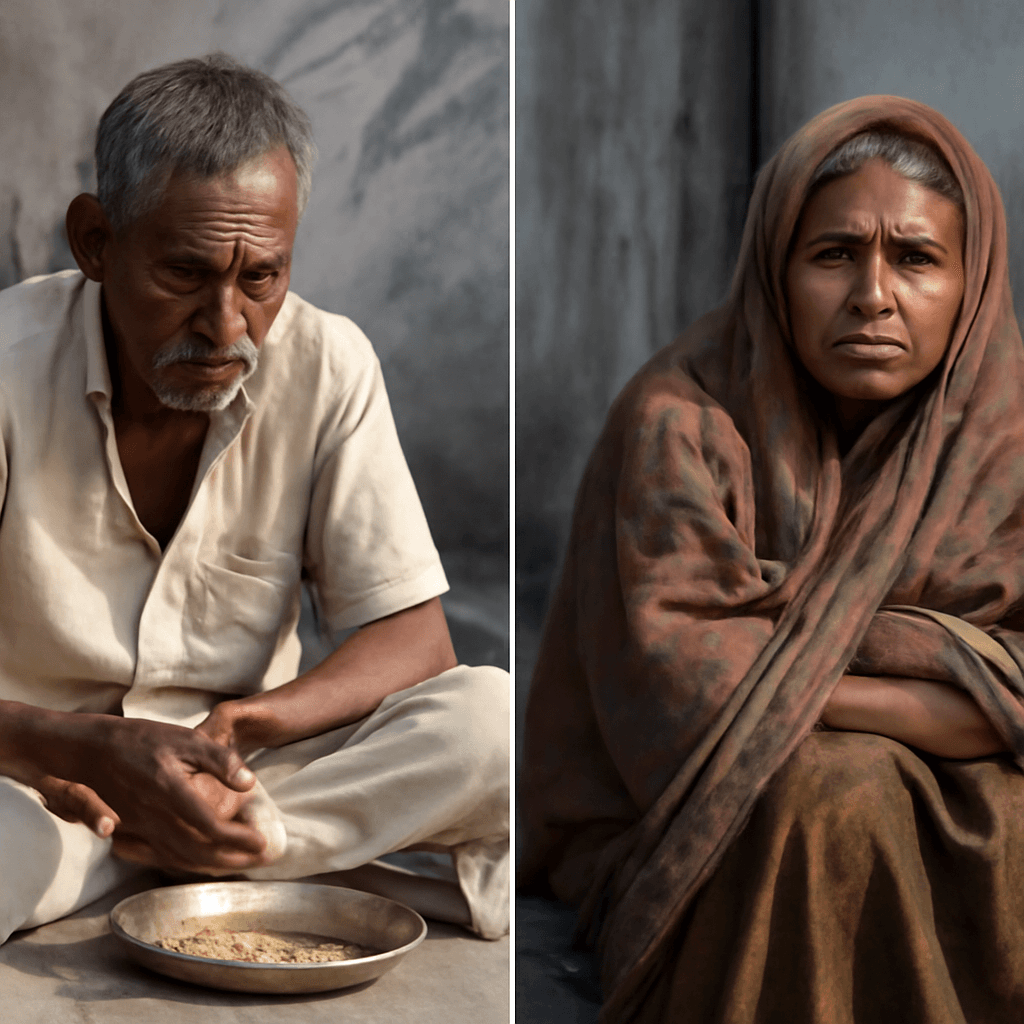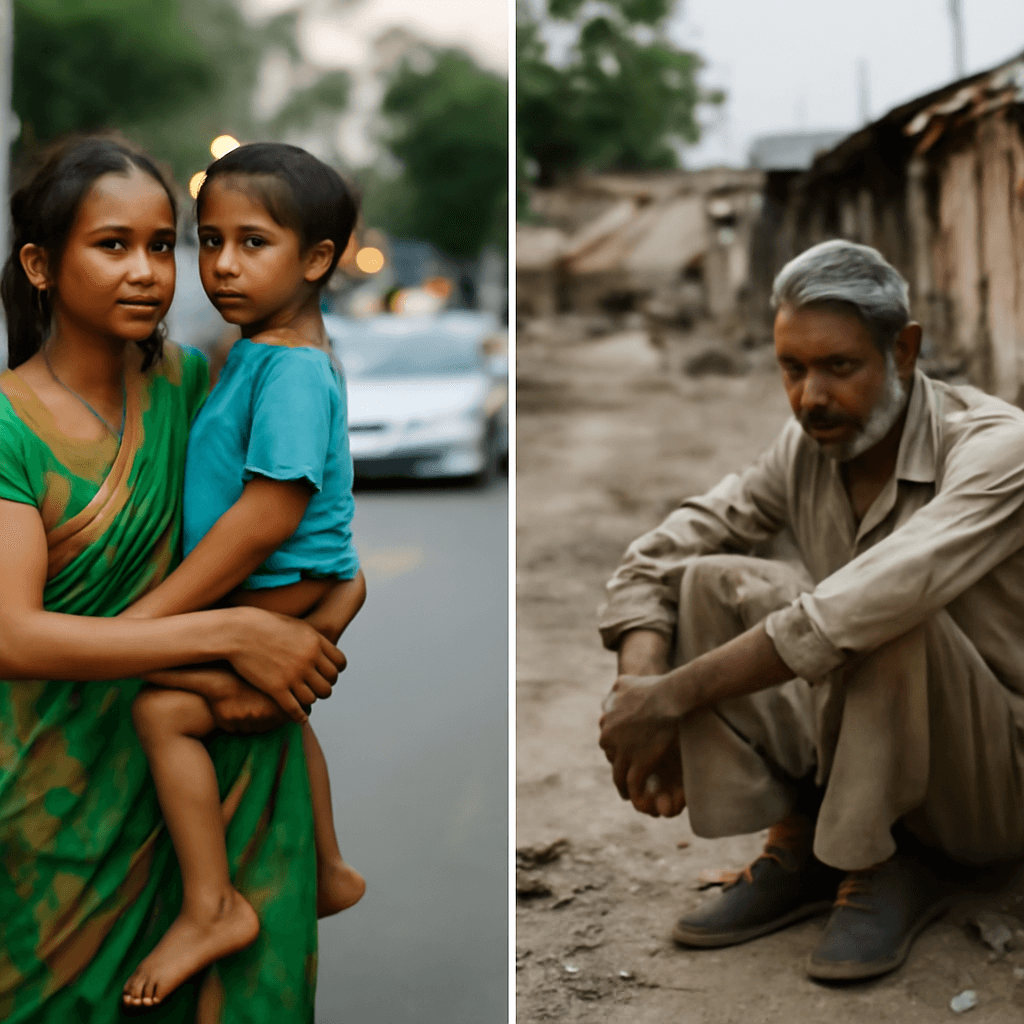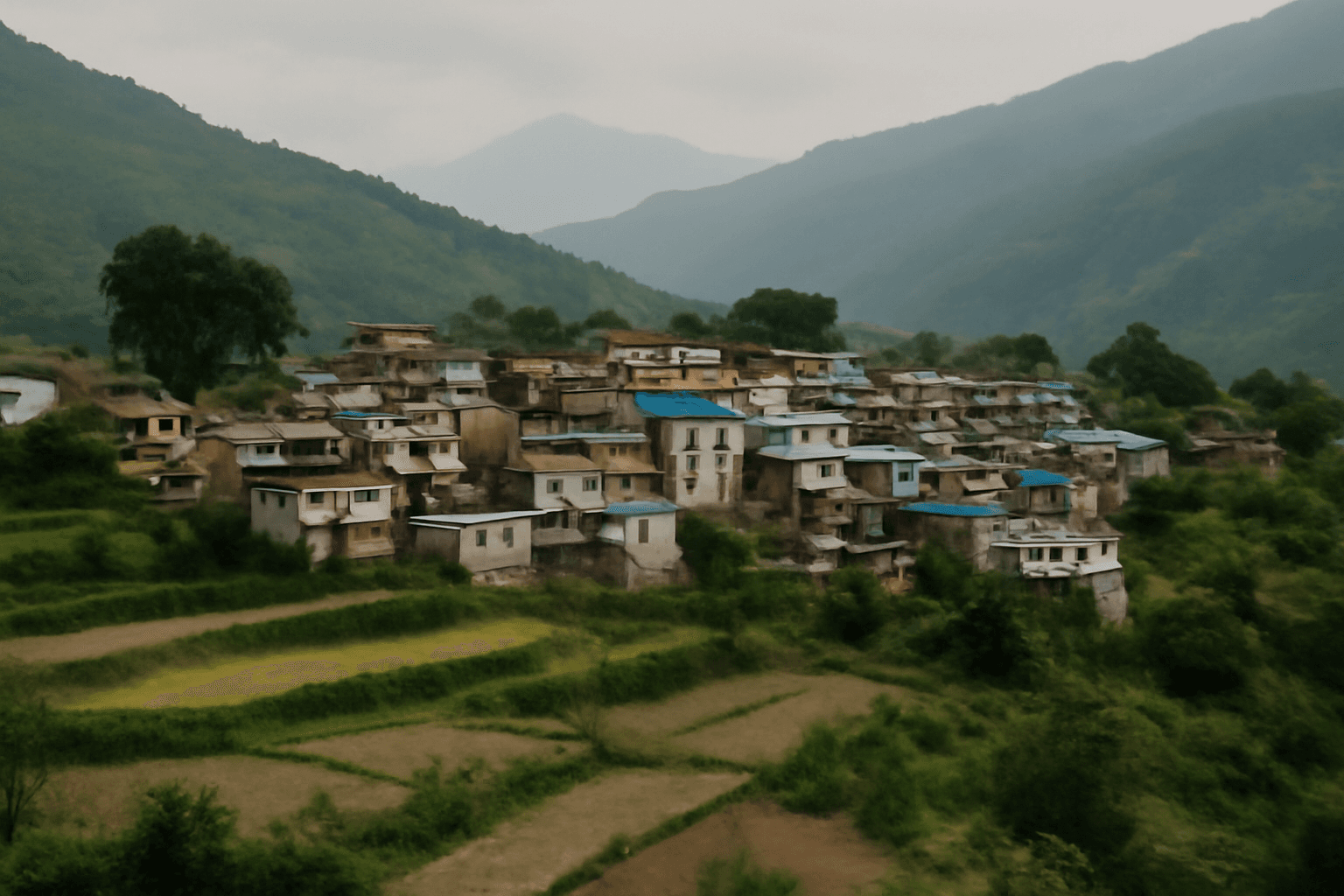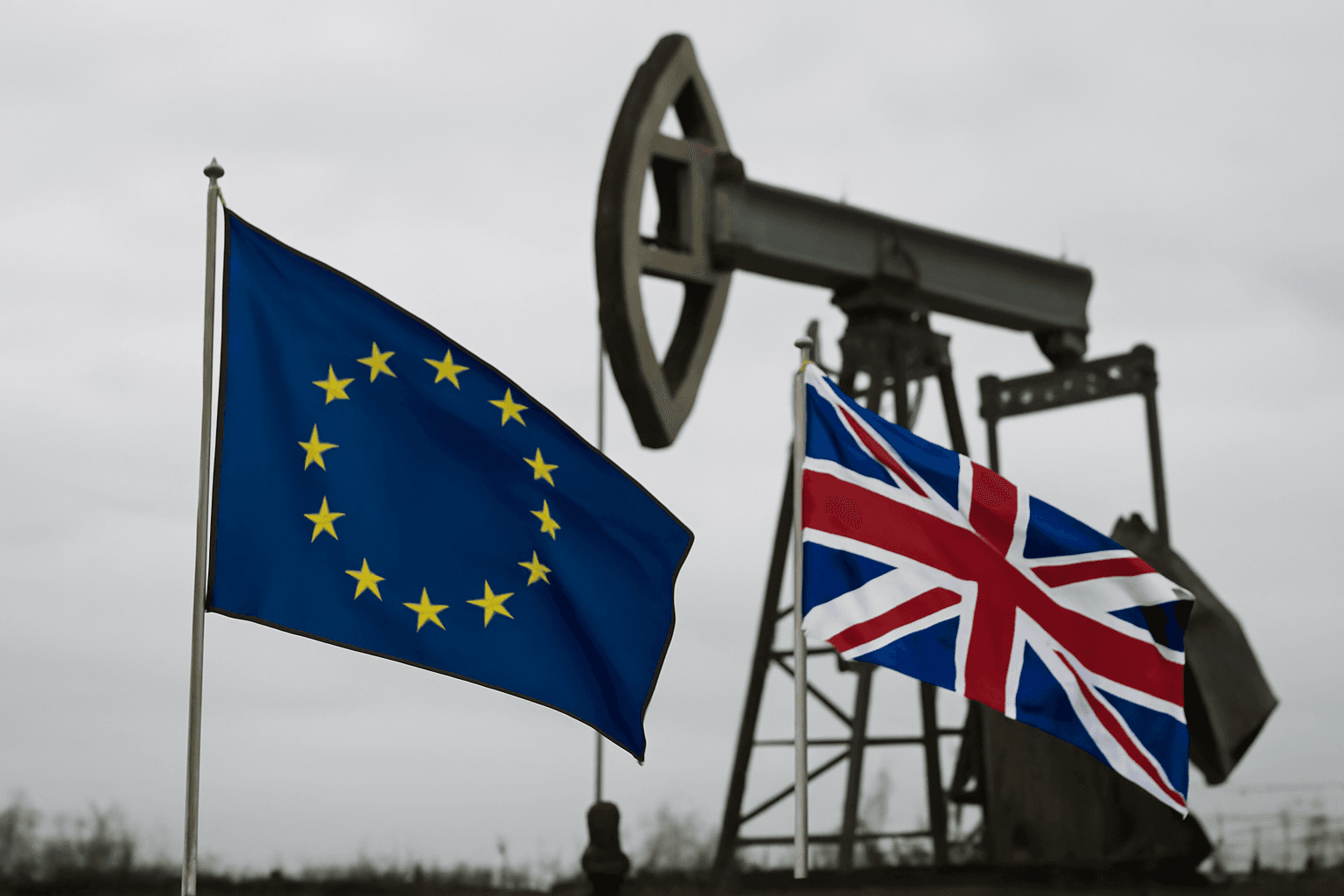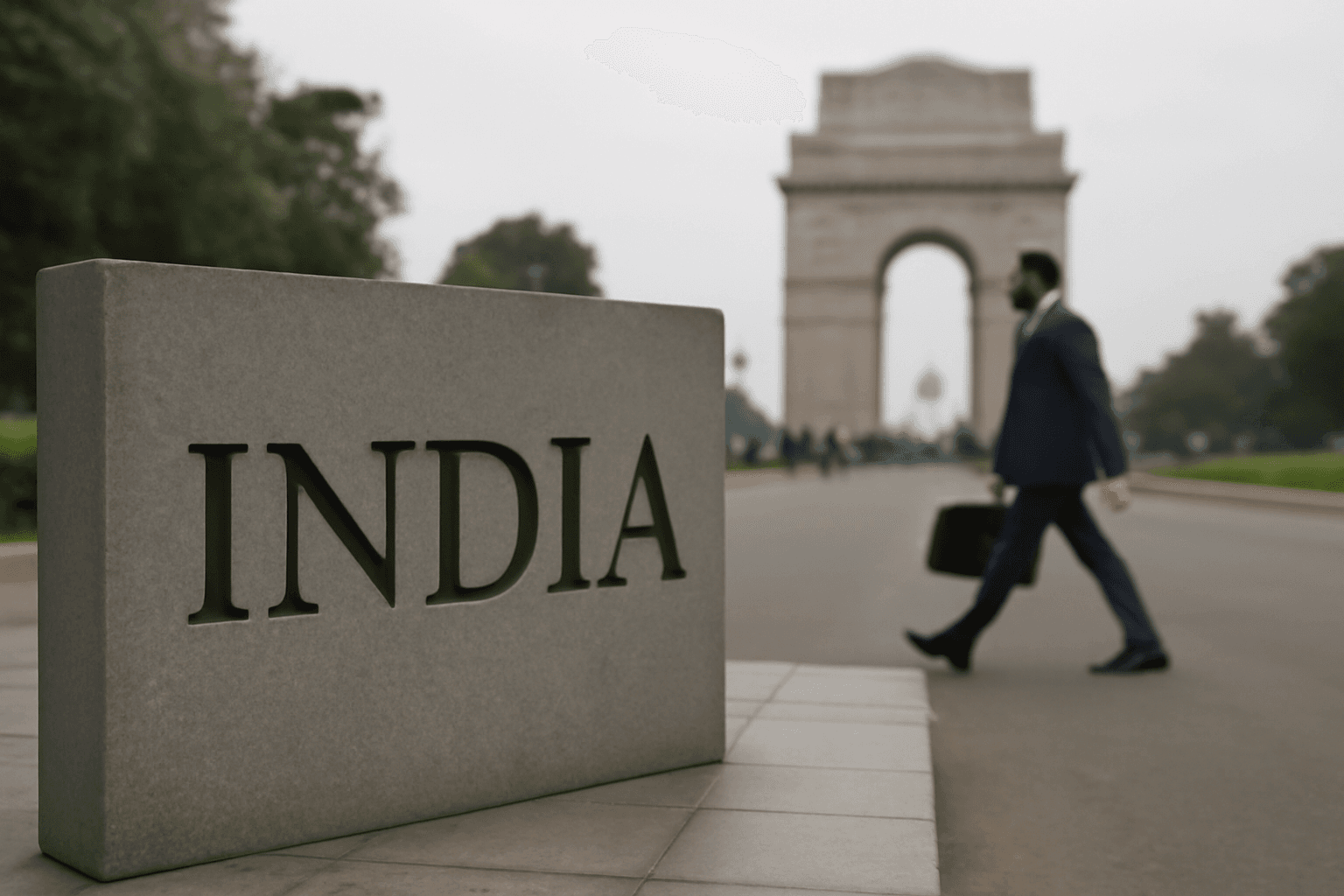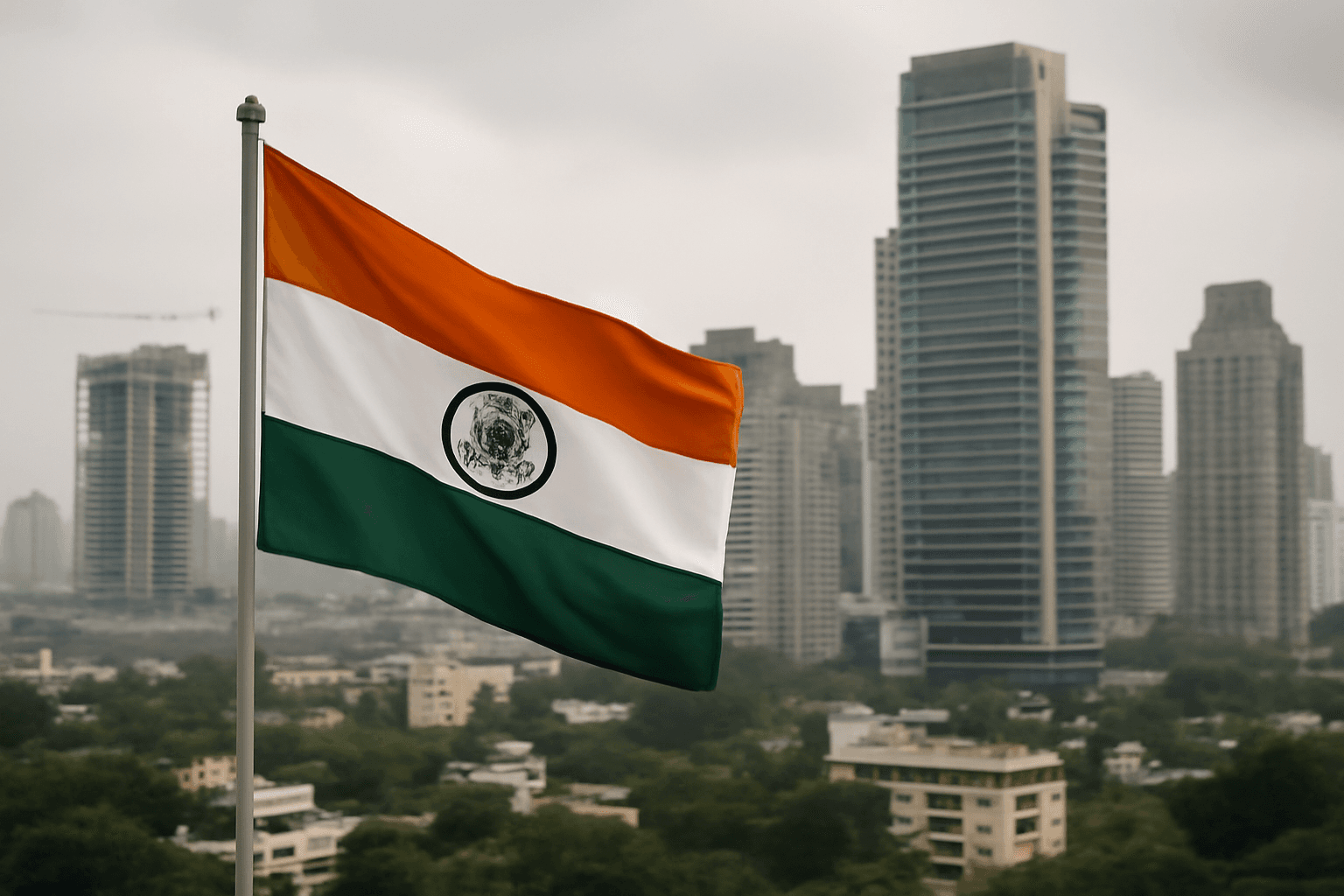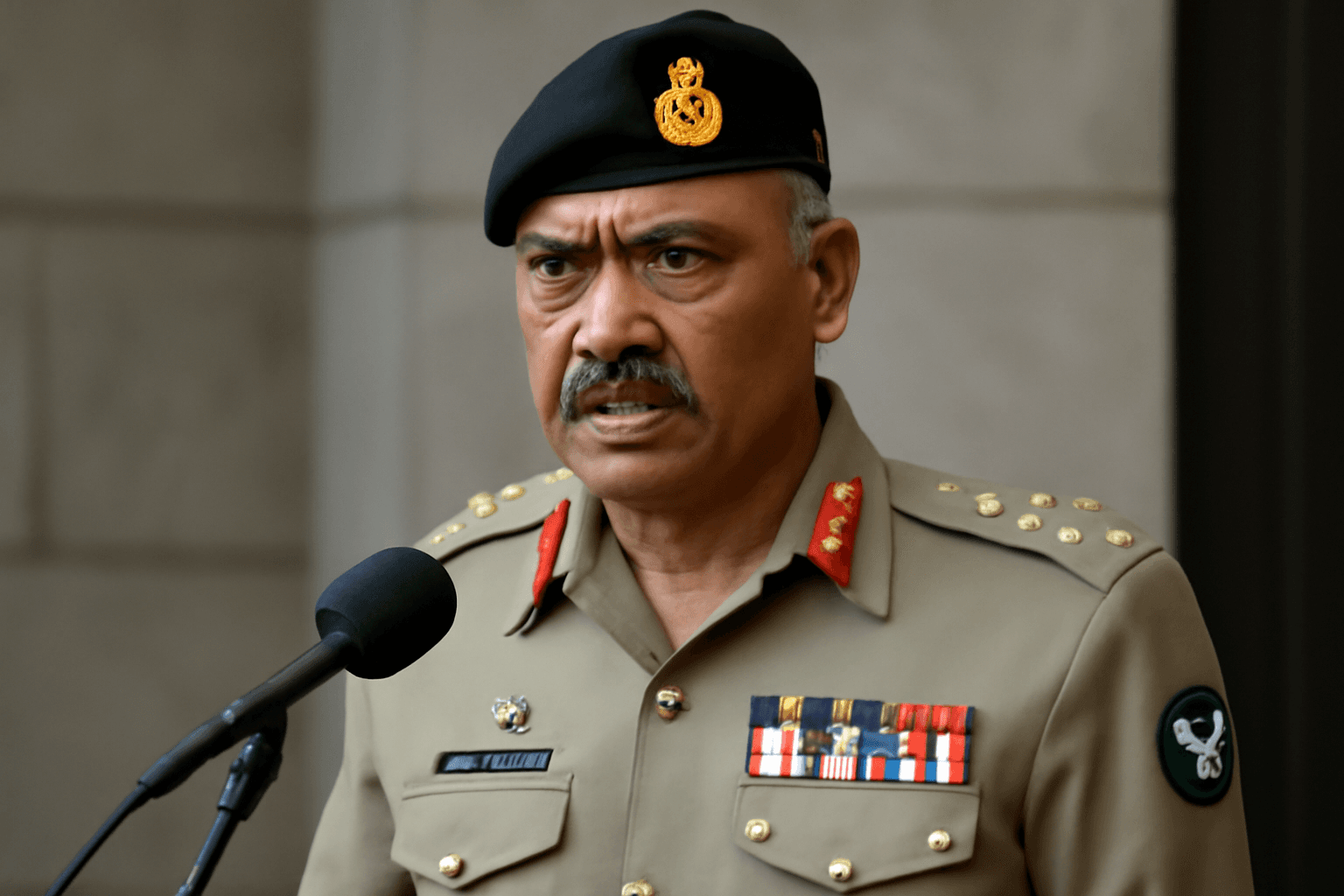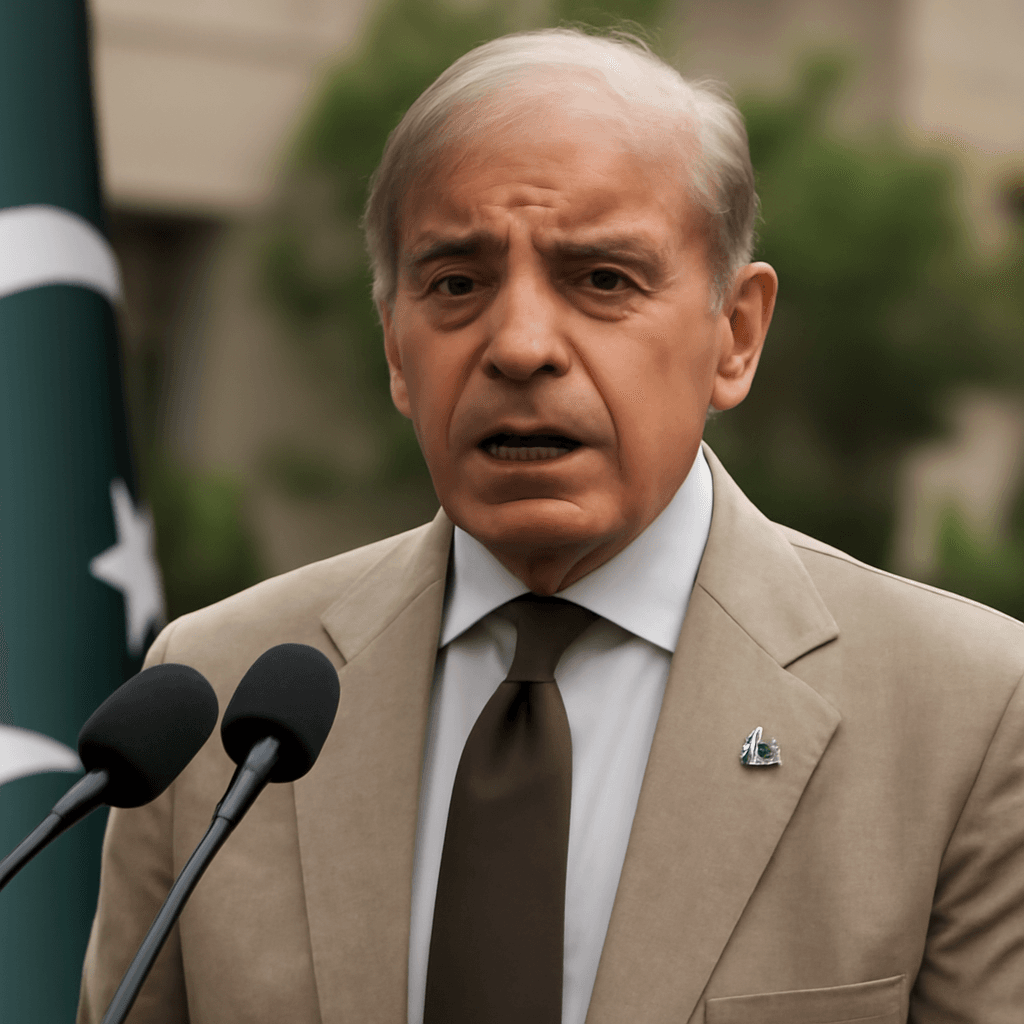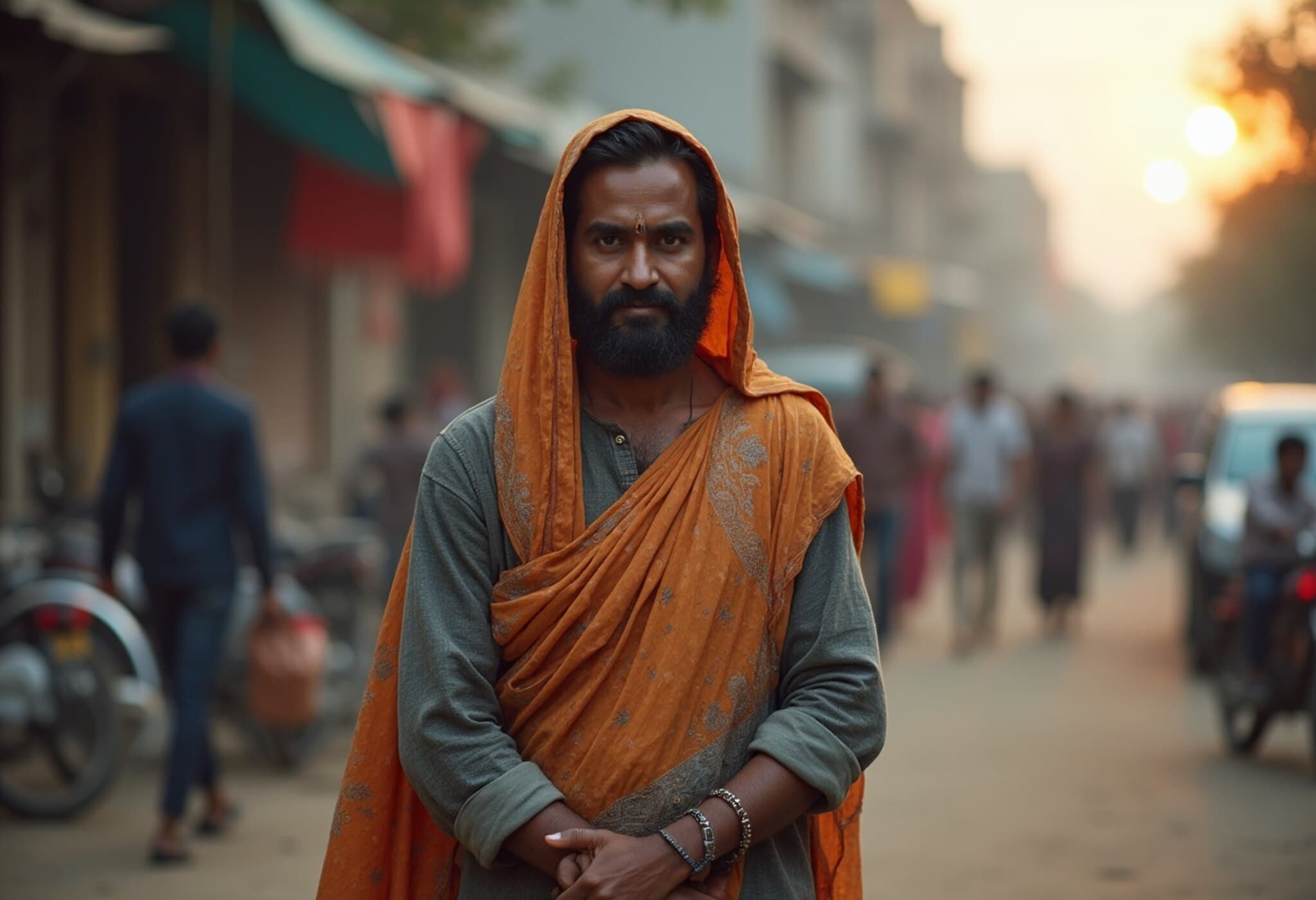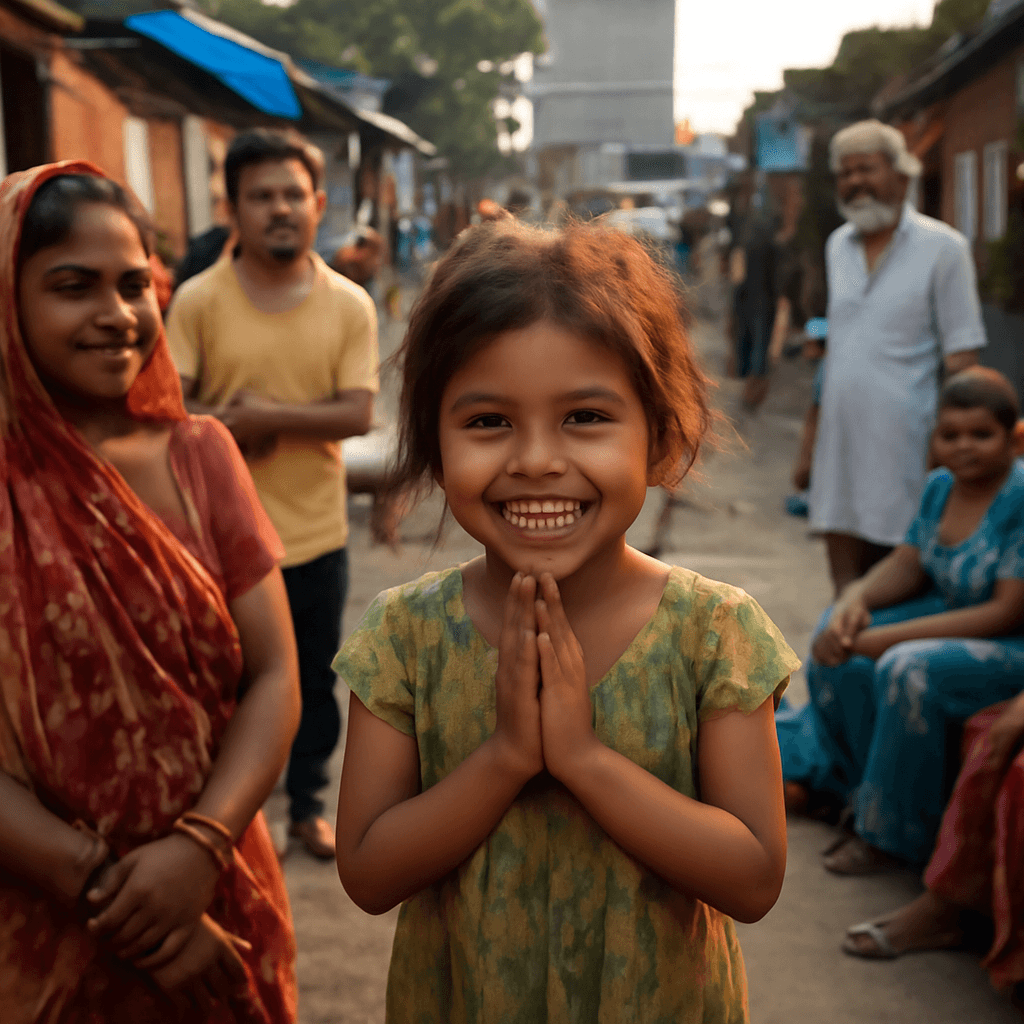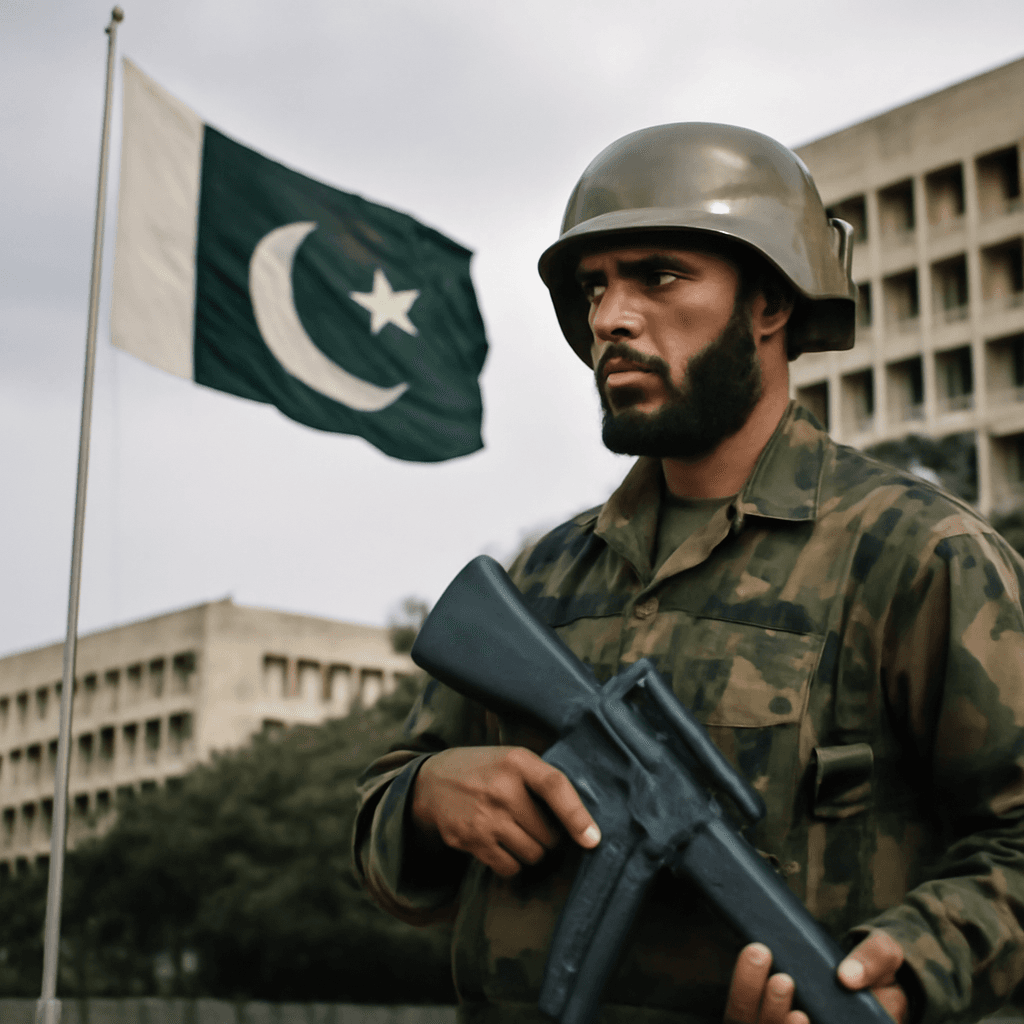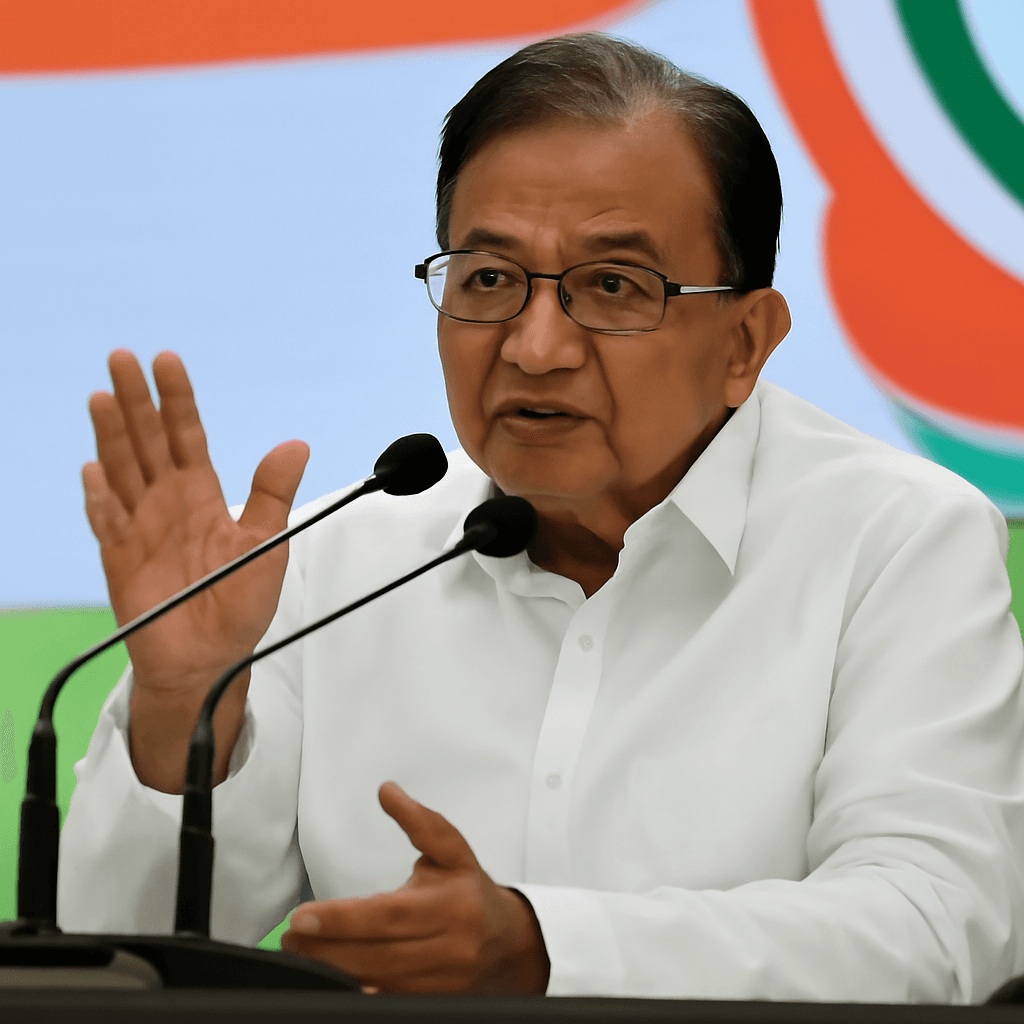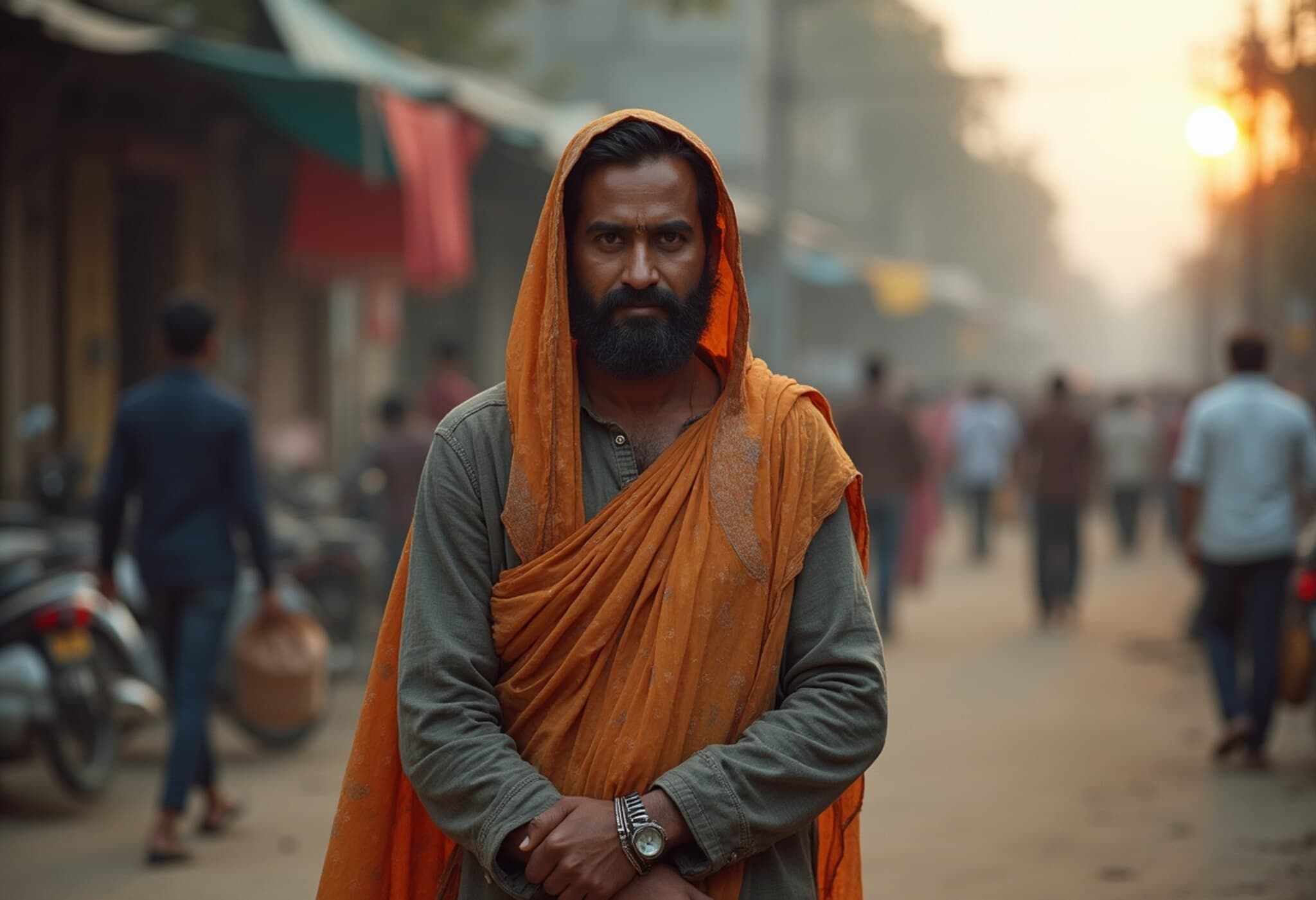A Tale of Two Neighbors: Divergent Paths in Poverty Alleviation
Recent data from the World Bank paints a compelling picture of how India and Pakistan have navigated the challenge of poverty over the past decade and a half, revealing deeply contrasting priorities and outcomes for the two South Asian countries.
India’s Remarkable Progress in Reducing Extreme Poverty
Between 2012 and 2022, India achieved a dramatic reduction in extreme poverty, with rates plunging from 27.1% to just 5.3%. This translates to approximately 269 million people escaping dire poverty—surpassing Pakistan’s entire population. In economic terms, India’s steady growth and governance models focused on development and poverty alleviation have culminated in it overtaking Japan to become the world’s fourth-largest economy.
According to the World Bank's updated poverty threshold—now set at $3.00 per day per person to account for inflation—the number of Indians living in extreme poverty dropped from nearly 344 million to just over 75 million in just over a decade.
Pakistan’s Growing Poverty and Economic Struggles
In stark contrast, Pakistan’s extreme poverty increased sharply from 4.9% in 2017 to 16.5% in 2021, with overall poverty rising from 39.8% to over 44.7% during the same period at a $4.20 per day threshold. This unsettling trend reflects worsening conditions for a large segment of Pakistan’s population.
Economically, Pakistan faces heavy dependence on international financial aid, having secured 25 bailout packages from the IMF totaling around $44.57 billion, alongside tens of billions in loans from the World Bank, Asian Development Bank, China, and other international lenders. Despite this inflow, the country continues to grapple with structural challenges and ballooning poverty.
The Politics Behind The Numbers: Spending Priorities And Accountability
Experts argue that Pakistan’s troubling figures are partly driven by its government’s skewed focus, particularly the dominant role of the military in allocating national resources. The Pakistani army's overwhelming influence has often been linked to prioritizing defence and maintaining a strategy characterized by indirect conflict, rather than addressing critical socio-economic issues.
International observers and former diplomats emphasize that substantial portions of aid and government spending are channeled into defense and covert support of terrorist activities, rather than development projects that could uplift ordinary citizens.
- A former Indian diplomat highlighted the need for rigorous oversight akin to FATF regulations to ensure international aid reaches developmental needs rather than military expenditures.
- Another pointed out the persistent political fixation on rivalry with India at the expense of Pakistan’s own growth and prosperity.
- An economist criticized Pakistan’s defense spending strategy, urging global stakeholders to enforce financial measures encouraging more rational, citizen-focused budgetary choices.
A Clear Message for the Global South
This contrasting data sends a powerful message: poverty is not predetermined by geography or history but shaped decisively by policy choices, leadership priorities, and governance. India’s upward trajectory in poverty reduction exemplifies what committed development strategies can achieve, while Pakistan’s challenges highlight the consequences of misplaced focus and governance gaps.
Ultimately, these findings offer invaluable lessons for countries worldwide striving to eradicate poverty and build inclusive economies.

